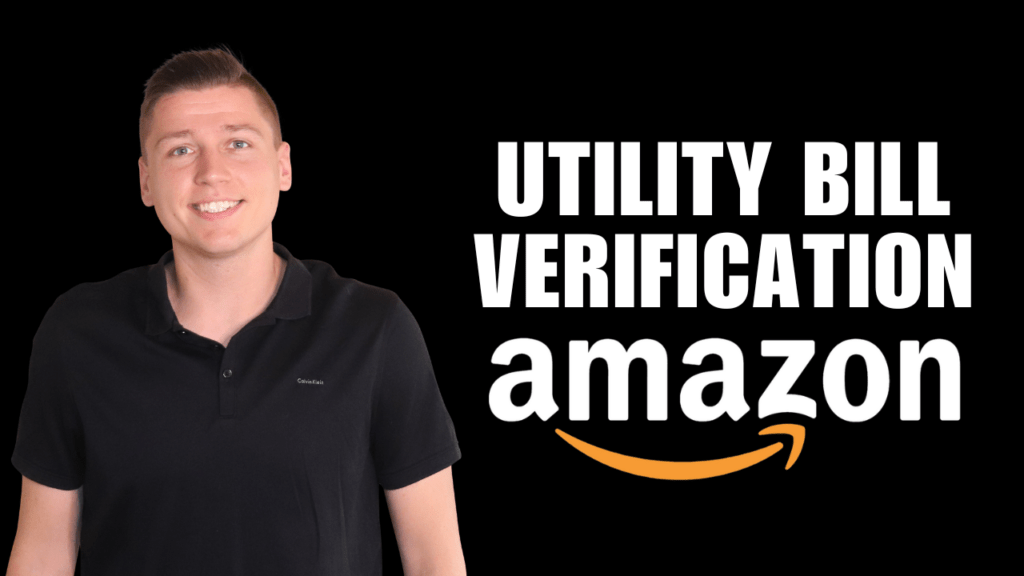As a seven-figure Amazon seller and mentor, I often get asked about Amazon FBA versus Shopify dropshipping. My students want to know which is better and if (or how) they can use each method to their advantage. I’m here to help you understand the differences and benefits of each as well as how you can make money using both methods. It’s time to clear the air, get to the heart of the matter, and understand once and for all how to optimize your eCommerce business.
Amazon FBA & Shopify Dropshipping Defined
Amazon FBA
When Amazon sellers go the Amazon FBA (Fulfillment By Amazon) route, Amazon controls the warehousing and shipping of their products. Sellers send their products to Amazon. Amazon then disperses the products across their nationwide network of warehouses, packages them, and ships them out once a customer places an order. The benefits of FBA are easy scalability, a hands-off business approach, access to Prime members, and quick shipping options. Moreover, with Amazon, FBA sellers have the opportunity to create their own brand with private label products. FBA sellers can create a brand name and logo, research products, find manufacturers, design packaging, and customize items to ensure they offer shoppers the highest quality items. Another great aspect of FBA is that Amazon handles all customer service tasks and product returns which can be a huge time suck for sellers.
The downside is that Amazon FBA can be time-consuming and expensive. Researching products can take months if done correctly. Moreover, manufacturing private-label products is an investment, often to the tune of tens of thousands of dollars. Amazon FBA selling is also highly competitive. There are nearly ten million sellers worldwide and counting. Many product categories are saturated and can be challenging to compete in, especially with zero reviews.
Pro tip: Read this guide for ranking #1 on Amazon with ZERO reviews!
Shopify Dropshipping
Shopify is an e-commerce platform that allows users to create online stores to sell their products quickly. Dropshipping lets sellers sell products using a supplier that holds the inventory and ships the product for them. Sellers pay a wholesale price to the supplier, set a price in their Shopify store, and the rest is taken care of by the supplier. The main benefit is that sellers don’t need to hold any inventory or ship items themselves. This business method is relatively scalable, just like Amazon FBA. Shopify dropshipping is different from Amazon FBA because sellers do not need to buy private label products in bulk. Instead, sellers only buy products when customers order from their Shopify store. Sellers can test hundreds of products with very few risks or barriers to entry. Lastly, while Amazon makes its seller application process complex, Shopify’s process is more straightforward. Sellers can create an account and get started very quickly instead of the months-long process of FBA.
On the negative side, Shopify dropshipping is SLOW. Dropshipping orders from China can take 2-4 weeks to get to the US. Shipping speeds are likely even slower right now with our nation’s supply chain issues, port congestion, and truck driver shortages. Shopify’s shipping speeds make it difficult to provide excellent customer service and compete with Amazon Prime. Another downside to Shopify is product quality. Shopify dropshipping products are generic, often low quality and sellers have no control over the manufacturing. Slow shipping combined with low product quality is certainly not a recipe for customer service success! Lastly, with Shopify dropshipping, sellers are responsible for marketing. Sellers need to spend quite a bit of money to get eyeballs on their products, which can be challenging for new business owners.
My Take On Amazon FBA & Shopify Dropshipping
Given the pros and cons of both Amazon FBA and Shopify Dropshipping, I would recommend that sellers go the Amazon FBA route hands-down. Amazon FBA allows business owners to create a legitimate brand with a brand name, logo, customized packaging, and company page. FBA sellers also have control over the manufacturing of their products to ensure the features and quality are what the customer expects. Even better, with FBA, Amazon handles all of the storing, picking, packing, shipping, customer service, and returns. Lastly, Amazon takes all of the guesswork out of marketing products. Sellers don’t have to spend thousands of dollars on digital marketing trying to get customers to their Shopify page when Amazon already has the audience ready to go. The focus can then be on ranking within Amazon.
Even though I believe that Amazon FBA is a better choice for sellers overall, don’t count Shopify out just yet! Shopify dropshipping can actually help boost your Amazon FBA business. Amazon users frequently search for products on Google or other search engines and having a Shopify website can lead them straight to you and save you from paying hefty Amazon seller fees. With a Shopify site, you can use your FBA inventory to fulfill Shopify orders via Amazon’s Multi-Channel Fulfillment (MCF). Pretty awesome, right? Once you have a Shopify account, use this link to sign in to your Amazon Seller Central account and integrate Amazon FBA with Shopify. From there, the process is pretty straightforward. Click here for the entire run-down.
—
If you want to learn more about how to set up your Amazon Seller Central account the right way, check out this article. My YouTube channel is here to keep you in the loop with the latest Amazon seller updates, so don’t forget to subscribe. Get my FREE Complete Amazon FBA Cheatsheet (34 pages of goodness!) and apply For AWA Mentorship to get the exact roadmap of how to start and scale a six-figure Amazon FBA business in 7 days!


